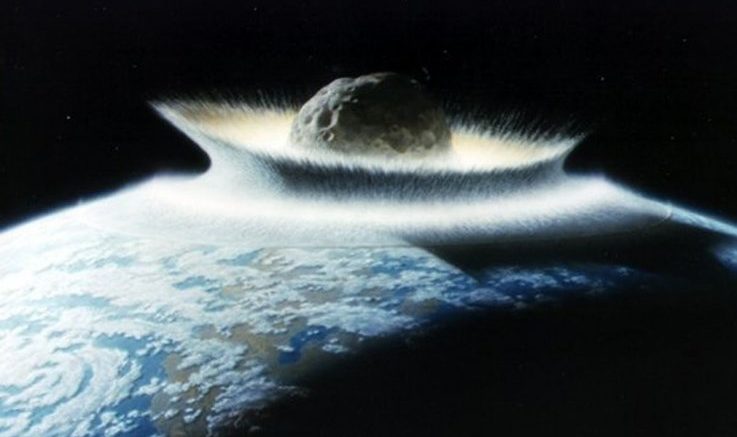An asteroid, sometimes called minor planets, are rocky remnants left over from the early formation of our solar system about 4.6 billion years ago.
The total number of known asteroids at the time of writing is 960,749 and counting.
As asteroids revolve around the sun in elliptical orbits, the asteroids also rotate, sometimes quite erratically, tumbling as they go. More than 150 asteroids are known to have a small companion moon (some have two moons). There are also binary (double) asteroids, in which two rocky bodies of roughly equal size orbit each other, as well as triple asteroid systems.
There are 3 main composition of asteroids, which are C-, S-, and M-types.
- The C-type (chondrite) asteroids are most common, probably consist of clay and silicate rocks, and are dark in appearance. They are among the most ancient objects in the solar system.
- The S-types (“stony”) are made up of silicate materials and nickel-iron.
- The M-types are metallic (nickel-iron). The asteroids’ compositional differences are related to how far from the sun they formed. Some experienced high temperatures after they formed and partly melted, with iron sinking to the center and forcing basaltic (volcanic) lava to the surface.
Asteroids are either classified as living in the main asteroid belt, either ass trojan asteroids, or as near-earth asteroids. Main Asteroid belt inhabitants live in the asteroid belt between Mars and Jupiter.Asteroids range in size from Vesta—the largest at about 329 miles (530 kilometers) in diameter – to bodies that are less than 33 feet (10 meters) across. The total mass of all the asteroids combined is less than that of Earth’s Moon. Most asteroids are irregularly shaped, though a few are nearly spherical, and they are often pitted or cratered. Trojan Asteroids share an orbit with a larger planet, but do not collide with it because they gather around two special places in the orbit, called the L4 and L5 Lagrangian points. There, the gravitational pull from the sun and the planet are balanced by a trojan’s tendency to otherwise fly out of the orbit. Near-Earth Asteroids are these objects have orbits that pass close by that of Earth.
A full list of minor planet names can be found at the IAU website.
If you’re curious about asteroid sample missions, check out this article. Asteroid mining is further covered here

Be the first to comment on "Asteroids: An In Depth Look"